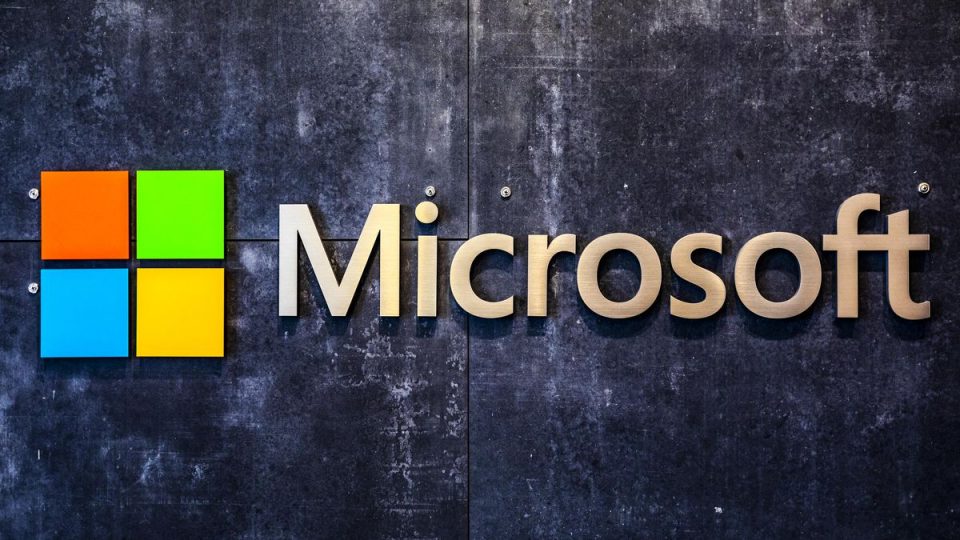Over the years, tech giants have continued to amaze us with several innovations that have improved our day to day life.
Reports show that Microsoft has requested a patent which increases the exciting possibility of resurrecting dead people via digital means to become chatbots.
Microsoft has decided not to use the normal method of using conversations and data from a wide sample of users to train chatbots. The patent requested by the company increases the chances of using the output of a particular person to create a chatbot.
The patent explains that social data like images, tweets, Facebook posts, Instagram images, written letters, electronic text messages would be used by the system to create a person’s profile.
The data compiled will be used to modify a special index in the theme of the personality of the particular person used. The index will then be used in training a chatbot to perform interactions and conversations in the personality of the particular person.
The patent further claims that a 2D/3D model of the particular person can be generated by the use of videos, depth information, and/or image data that is common to the specific person.
Life or Death Doesn’t Matter
The patent reports that the subject chosen for one of its chatbots could be dead or alive. Life or death isn’t exactly a barrier to the success of the program.
The particular person who the chatbot represents may be linked to an entity whether past or present. This entity could be a friend, a public figure, a fictional character, even a random entity and so much more.
The user creating the chatbot may even be the specific person corresponding to the chatbot. This means that people could possibly train up digital versions of themselves before their death.
The conversational attributes of the specific individual such as style, diction, tone, voice, speech length, topic, consistency, and complexity are the degree to which the chatbot will be trained.
Conversational data stored from crowdsourcing may be used to fill in the gaps in cases where the chatbot lacks enough data to answer a particular topic which is synonymous with literally putting words in people’s mouths.
The dicey situation of handling profiles of dead people is dealt with by the patent.
For example, if a question about an event that happened after the specific person died in real life is directed to the chatbot, the question may indicate that the person (e.g., the deceased relative) represented by the chatbot is aware that he is actually dead.
Is backing out possible?
The whole idea of bringing people back to life raises all manner of concerns, most importantly privacy concerns which are not explained in the patent, which concerns the technical workings of the system.
It arouses questions like;
- Will it be possible for people to opt-out of such a system?
- Can the relatives of dead people be given the authority to stop people from turning their loved ones into chatbots if they find it offensive?
We can only wait for Microsoft to deliver a working prototype to get answers to some of the questions. Hopefully, the system considers our privacy.


